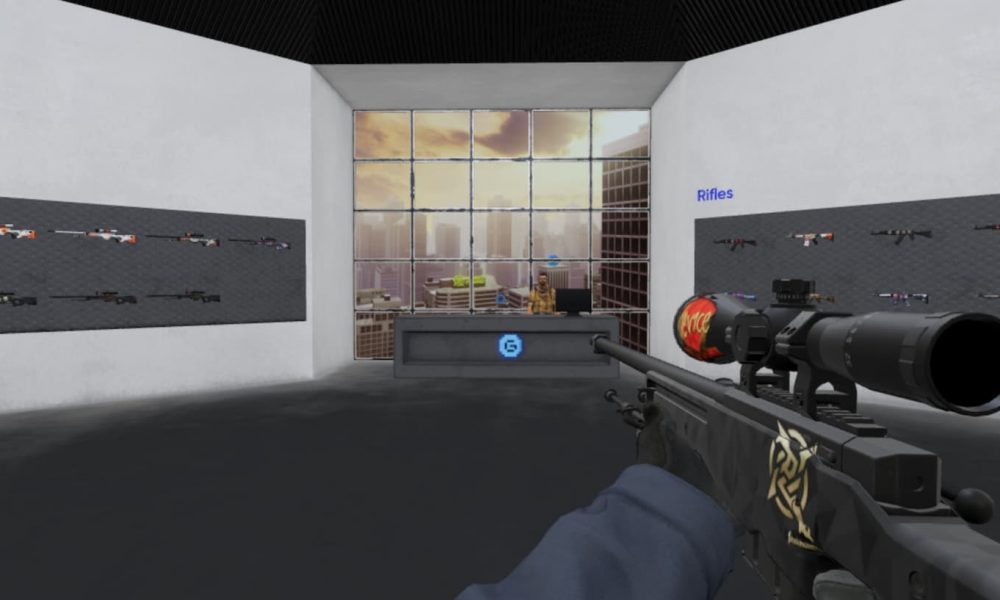

The world of video games has expanded beyond just the excitement of gameplay. In recent years, the skin market in video games has flourished, becoming a significant aspect of the gaming industry. Skins have become highly sought-after virtual items, transforming the way gamers experience their favorite titles.
Let’s explore the concept of skins in video games, the evolution of skins throughout gaming history, the rise of the skin market, the economic impact of skins, controversies and issues surrounding the skin market, and what the future holds for this thriving industry. https://skinmarkets.com/ provide a great platform for those looking to find game skins at competitive prices.
Understanding the Concept of Skins in Video Games
Skins, in the context of video games, refer to cosmetic modifications that alter the appearance of in-game items, characters, or weapons. Unlike gameplay-altering elements, skins do not affect the game mechanics or give players an advantage. Instead, they provide a means of personalization and self-expression within the gaming realm.
Players can acquire skins through various means, such as in-game achievements, special events, or by purchasing them using real or in-game currency. Skins can range from simple color variations to intricate and visually striking designs that significantly elevate the appearance of the associated item or character.
What are Skins in Video Games?
Skins in video games are virtual items that modify the visual appearance of in-game elements, such as characters, weapons, or vehicles. They are purely cosmetic and do not affect gameplay mechanics. Skins offer players a chance to personalize their gaming experience by customizing the aesthetics of their favorite in-game assets.
Imagine a scenario where you’re playing a first-person shooter game with your friends. You’ve been using the default skin for your character, and while it’s functional, it doesn’t reflect your personal style or taste. With the introduction of skins, you now have the opportunity to transform your character into something unique and eye-catching. Whether you prefer a sleek, futuristic look or a more rugged and battle-worn appearance, skins allow you to express yourself and stand out in the virtual battlefield.
The Evolution of Skins in Gaming History
Skins are not a recent phenomenon in video games. They have been a part of gaming culture for many years, albeit in different forms. In the early days, skins primarily referred to character customization options found within multiplayer or role-playing games.
As technology advanced and online multiplayer gaming gained popularity, skins became more elaborate and desirable. Developers started creating unique and exclusive skins that players could obtain to differentiate themselves from others. This evolution led to the emergence of dedicated marketplaces where players could buy, sell, and trade skins, making them a valuable commodity within the gaming community.
Let’s take a trip down memory lane to the early days of skins in gaming. Picture yourself playing a classic multiplayer game where you have the option to choose from a limited selection of character skins. These skins were often basic, with minimal customization options. However, even with these limited choices, players still found joy in personalizing their characters to some extent.
Fast forward to the present day, and the world of skins has transformed dramatically. Skins are now meticulously designed, with intricate details and stunning visual effects. They have become highly sought-after items, with some rare skins attaining legendary status. Players eagerly await the release of new skins, participating in events and challenges to earn them or engaging in trading communities to acquire the most coveted ones.
Moreover, the impact of skins goes beyond individual players. Skins have become an essential part of esports and gaming tournaments. Professional players often have their own signature skins, allowing fans to show support by using the same skins in-game. This further enhances the sense of community and camaraderie within the gaming world.
As the gaming industry continues to evolve, so too will the concept of skins. Developers will undoubtedly push the boundaries of creativity, introducing new and innovative ways for players to personalize their gaming experiences. Whether it’s through augmented reality, virtual reality, or even holographic skins, the future holds endless possibilities for the world of skins in video games.
The Rise of the Skin Market in Video Games
With the increasing demand for skins, a thriving market has emerged in the gaming industry. Several factors contribute to the unprecedented growth and popularity of the skin market.
In recent years, the gaming community has witnessed a remarkable phenomenon – the rise of the skin market. Skins, which are virtual cosmetic items that alter the appearance of in-game characters or items, have become more than just an aesthetic enhancement. They have transformed into valuable commodities that players buy, sell, and trade.
One key factor driving the growth of the skin market is the rise of live streaming platforms and online communities centered around gaming. Influential streamers, who have amassed large followings, often showcase their unique and rare skins during their gameplay sessions. These streamers become trendsetters, inspiring viewers to seek out similar items for themselves. This influential behavior not only drives up the demand for skins but also fosters a sense of community among gamers. It creates a shared interest in acquiring and showcasing rare and exclusive skins.
Additionally, the rise of esports has played a significant role in the growth of the skin market. Many esports organizations and tournaments offer unique skins as rewards or limited-edition merchandise. These exclusive skins become highly coveted items among players and fans. The allure of owning a skin associated with a favorite esports team or event further fuels the desire to own and trade them.
Popular Games with Thriving Skin Markets
Several games have become synonymous with the flourishing skin market. Counter-Strike: Global Offensive, Dota 2, and Fortnite are prime examples of games that have successfully integrated skins into their gameplay and developed robust trading ecosystems.
In Counter-Strike: Global Offensive (CS:GO), skins have become an integral part of the game’s culture. The game features a vast collection of skins for weapons, ranging from common to rare and even extremely rare. Some of these rare skins have gained legendary status within the CS:GO community, with their prices skyrocketing in the market. The CS:GO skin market has become a thriving economy, with players engaging in trading and investing to acquire the most sought-after skins.
Similarly, Dota 2 has embraced the skin market, offering players a wide array of cosmetic items for their heroes. These skins not only change the appearance of the heroes but also provide a sense of personalization and uniqueness. The Dota 2 skin market is known for its diverse range of skins, catering to various player preferences. Some skins are so rare that they are considered status symbols among the Dota 2 community.
Fortnite, the popular battle royale game, has also capitalized on the skin market trend. The game offers an extensive selection of skins that players can purchase or earn through gameplay. Fortnite skins often reflect popular culture and feature collaborations with famous brands, artists, and celebrities. This constant stream of new and exciting skins keeps players engaged and fuels the demand for more.
These games have established economies, where skins can hold substantial monetary value. Certain rare or sought-after skins can reach astronomical prices, making them highly desirable collector’s items. The skin market has created opportunities for players to trade, invest, and even make a living from buying and selling skins. It has turned gaming into a lucrative business venture for some, further solidifying the influence and impact of the skin market in the gaming industry.
The Economic Impact of the Skin Market
The skin market’s economic impact extends beyond the virtual world of gaming. It has evolved into a billion-dollar industry with various stakeholders, including game developers, marketplaces, and dedicated traders.
How Skins are Valued and Traded
The value of a skin is determined by its rarity, popularity, and demand. Rare and limited-edition skins tend to command higher prices in the market. The value can also be influenced by factors such as visual appeal, history, or association with a particular game or event.
Players can sell and trade skins on various online marketplaces, allowing them to monetize their virtual assets. These transactions involve real money, virtual currencies specific to the game, or a combination of both.
The Role of Skins in the Gaming Economy
Skins have become an essential component of many games’ revenue streams. Developers often monetize skins through microtransactions, allowing players to purchase them directly from the game’s store. These transactions contribute to the financial sustainability of the game and enable continuous updates and support from the developers.
Furthermore, skins can enhance player engagement and retention, offering a sense of exclusivity and individuality. The possibility of acquiring rare or limited-edition skins creates an incentive for players to invest more time and money into a particular game.
Controversies and Issues Surrounding the Skin Market
While the skin market has brought about numerous positive aspects to the gaming industry, it is not without its controversies and issues.
Gambling and the Skin Market
One significant concern is the association between the skin market and gambling. Some players engage in skin gambling, where they wager virtual items with real-world value, potentially leading to addiction or underage gambling issues. Regulatory bodies have stepped in to address these concerns and impose restrictions on skin gambling activities.
The Debate Over Loot Boxes and Skins
Another ongoing debate is the inclusion of skins in loot boxes, randomized virtual item packs that players can purchase. Critics argue that loot boxes, which often contain valuable skins, resemble gambling due to their unpredictable nature. This debate has sparked discussions about the ethical considerations surrounding loot box mechanics and their potential impact on vulnerable players.
The Future of the Skin Market in Video Games
The skin market’s evolution shows no signs of slowing down. Several trends and potential impacts may shape its future.
Trends Shaping the Future of the Skin Market
Advancements in technology, such as virtual reality and augmented reality, may offer new avenues for expanding the skin market. Imagine being able to customize your virtual reality avatar with lifelike and visually stunning skins.
Moreover, increased regulation and scrutiny surrounding the skin market will likely influence its future landscape. Striking a balance between consumer protection and fostering an innovative and sustainable market will be crucial.
Potential Impacts of Regulation on the Skin Market
Regulatory interventions may impact the way skins are valued, traded, and acquired. Developers and marketplaces may need to adapt their practices to comply with new regulations to ensure a fair and transparent trading environment. Additionally, regulations may aim to address concerns related to underage gambling and safeguarding consumers’ interests.
The Flourishing Skin Market in Video Games: A Thriving Industry
In conclusion, the skin market in video games has transformed from a mere cosmetic customization option to a thriving industry worth billions of dollars. Skins provide players with a sense of personalization, community, and even economic opportunities. However, concerns surrounding gambling and loot boxes continue to be debated, prompting calls for responsible practices and stricter regulations.
As the gaming landscape evolves, the future of the skin market remains promising. Technological advancements and changing consumer behaviors will shape the market, while regulations seek to strike a balance between fostering innovation and protecting players. The flourishing skin market is an intriguing aspect of video game culture, showcasing the increasing significance of virtual items in the gaming experience.




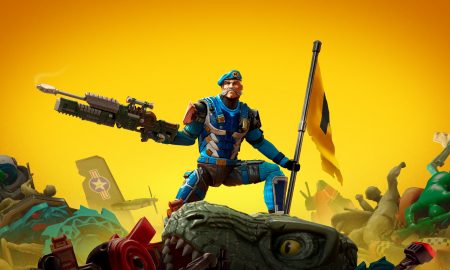
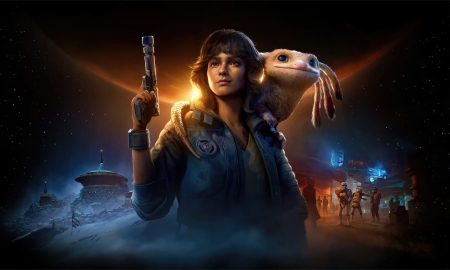

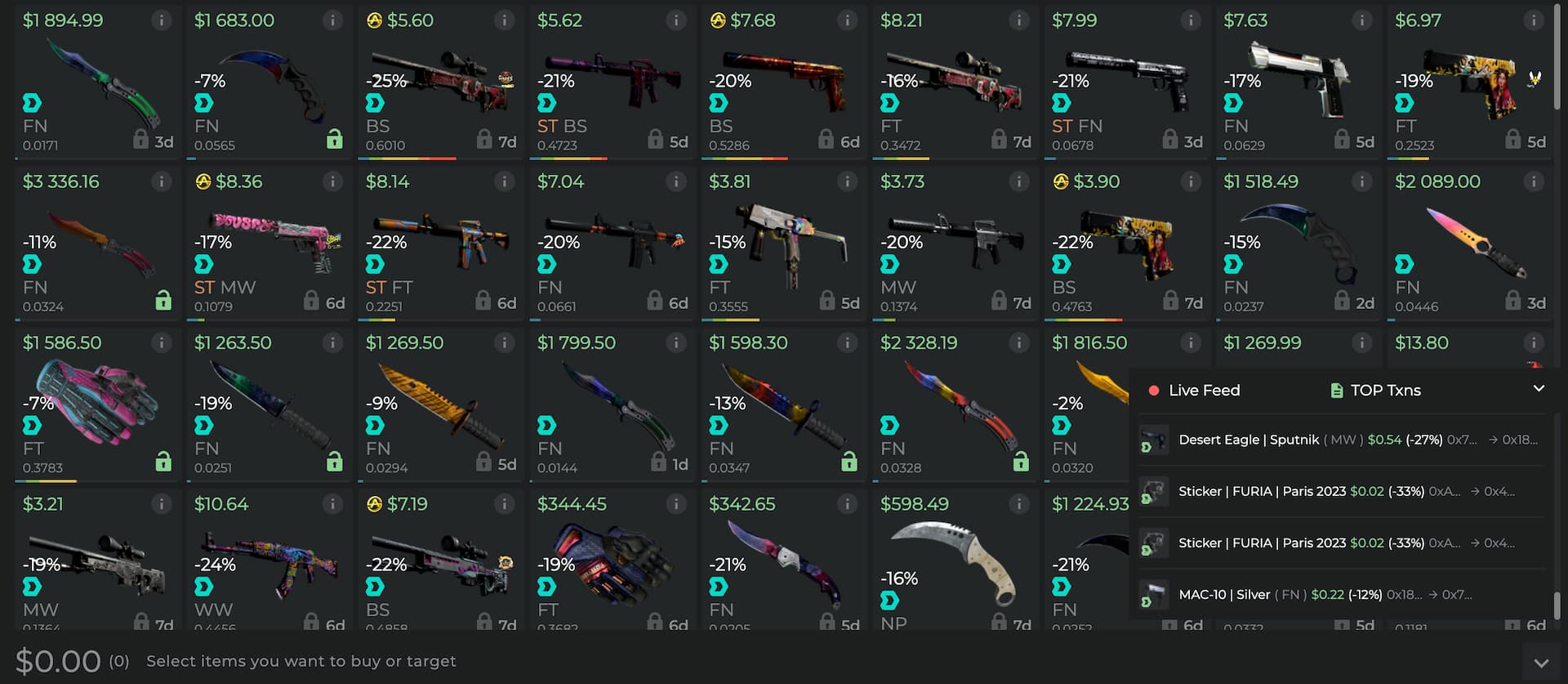









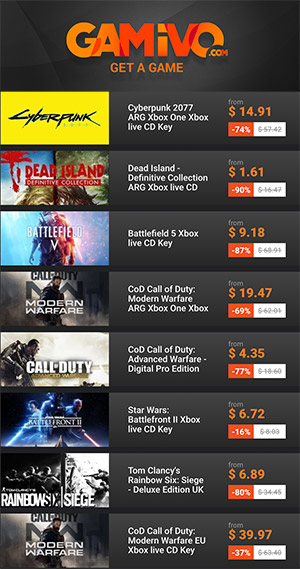















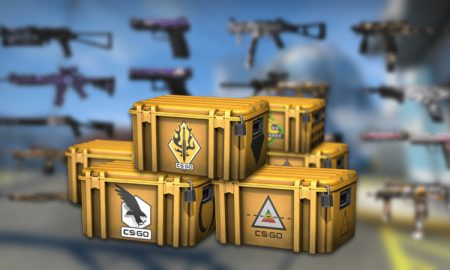
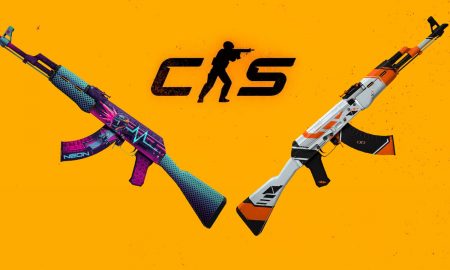
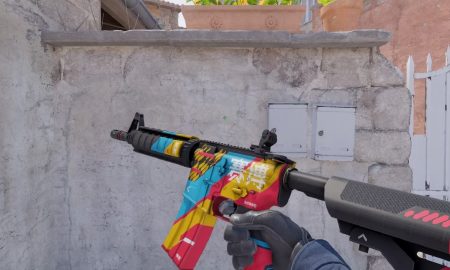
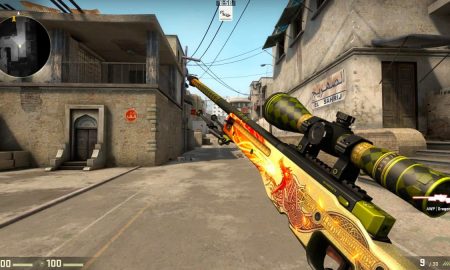

You must be logged in to post a comment Login